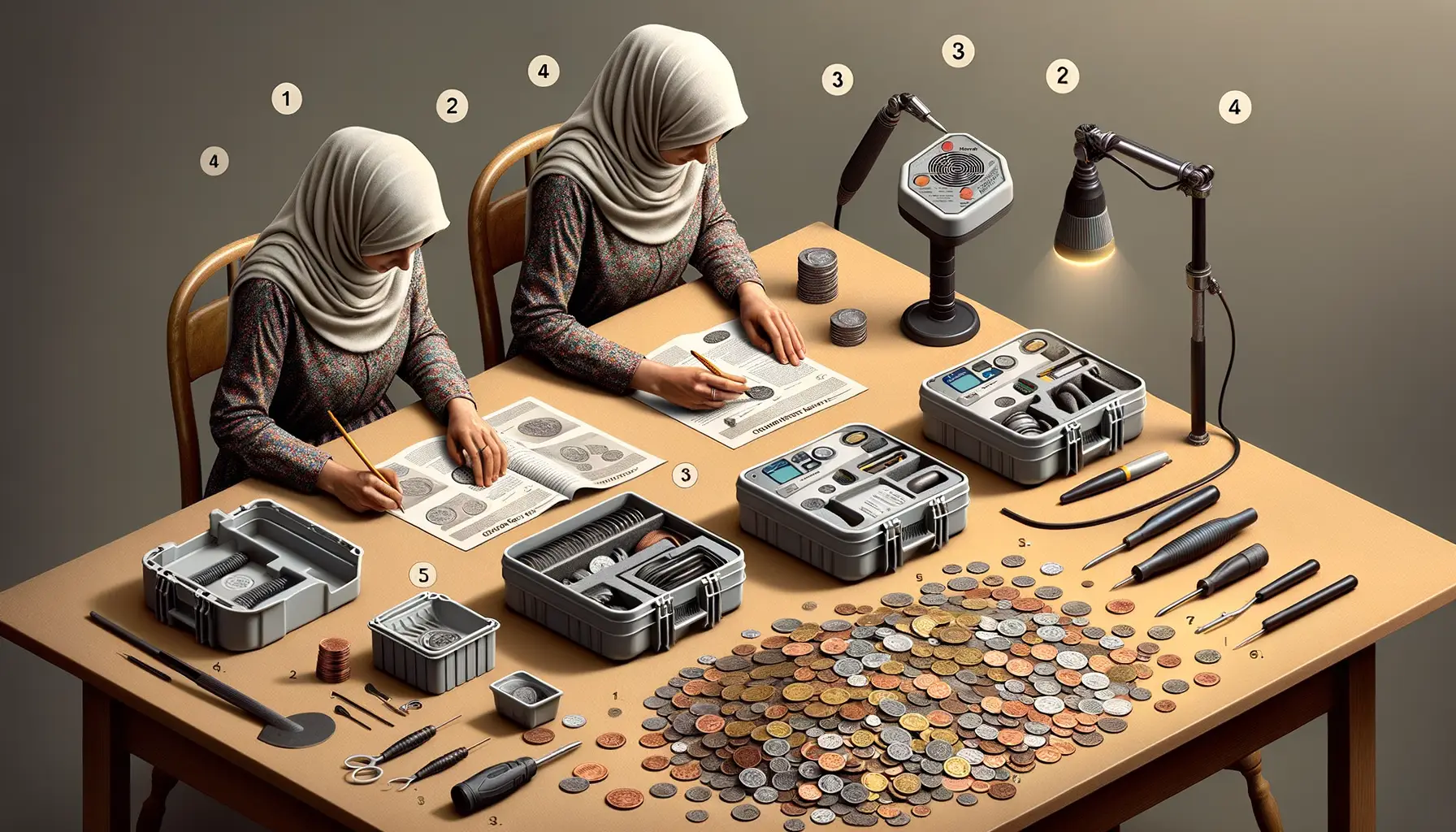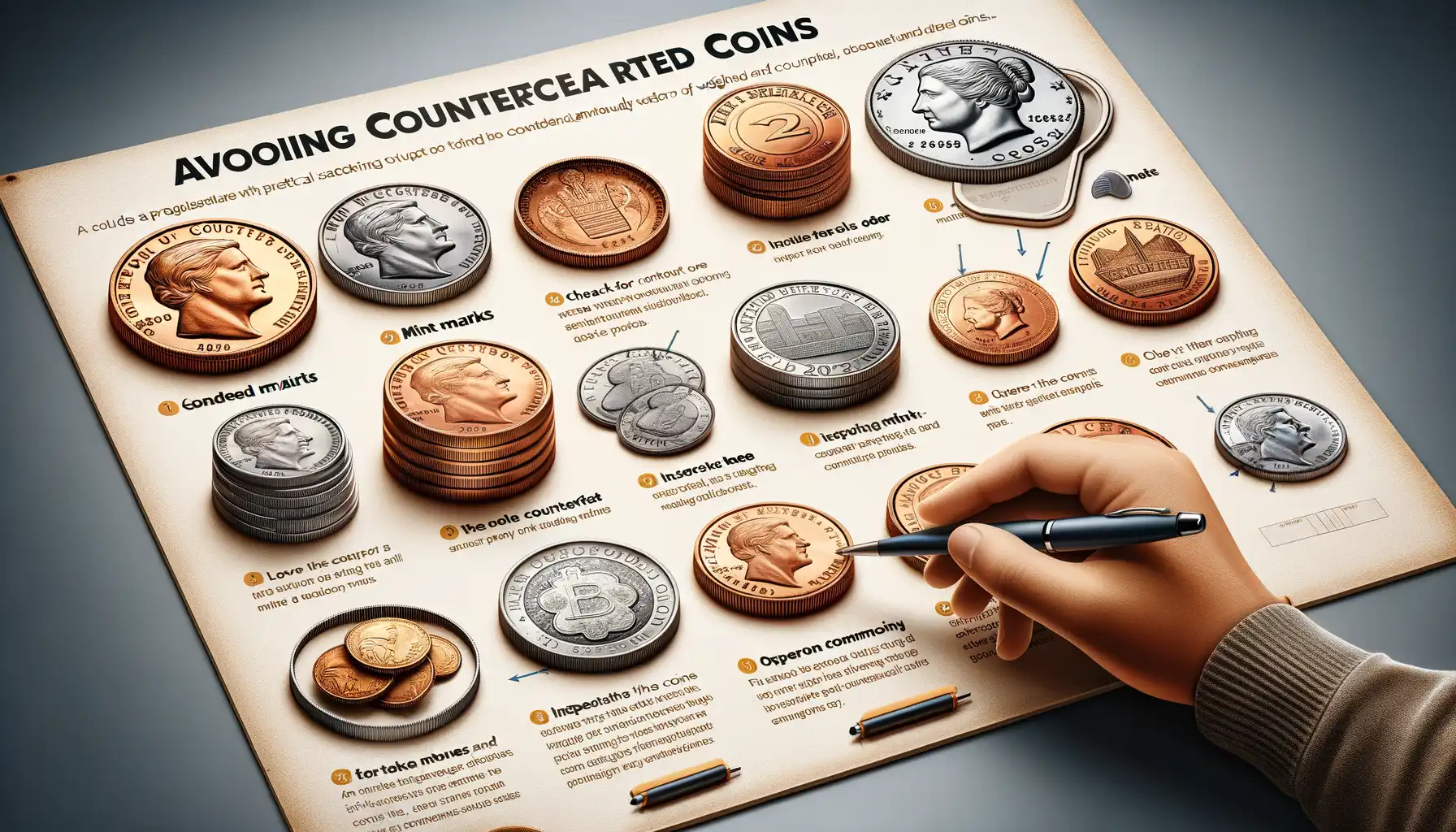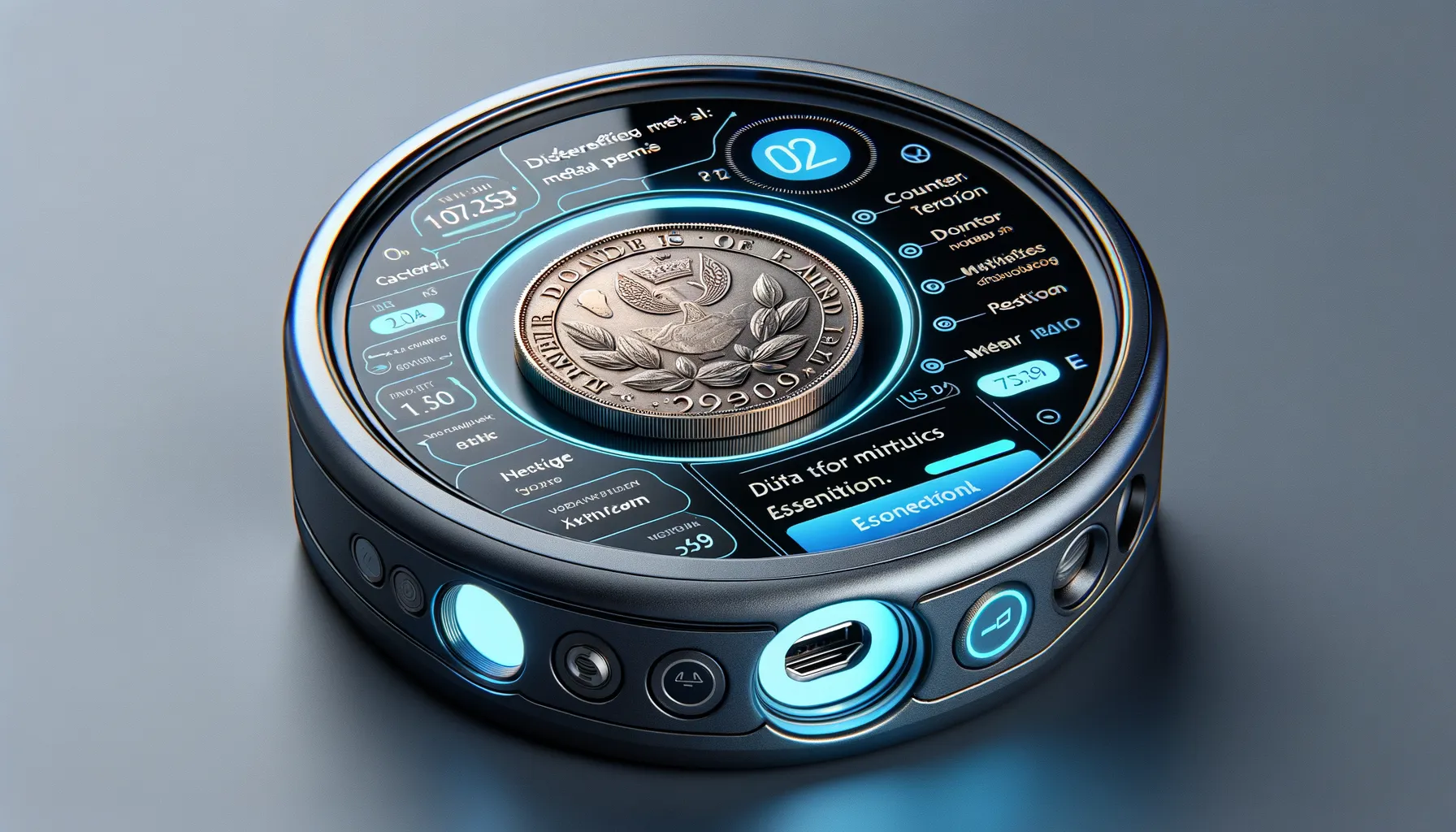Introduction to Altered Coins and Their Market Impact
Coins have always been more than just currency—they’re tiny pieces of history, tangible links to the past, and for collectors, treasures worth their weight in gold (literally!). But lurking in the shadows of this fascinating world is a sly adversary: altered coins. These coins might look authentic at first glance, but beneath the surface lies a story of tampering, deception, and an unfortunate truth—they can deeply affect both collectors and the wider market.
The Ripple Effect of Altered Coins
When altered coins infiltrate the marketplace, chaos follows. Imagine buying what you believe to be a rare silver dollar from the 1800s only to discover it was artificially aged or modified to boost its value. Heartbreaking, right? Beyond personal disappointment, these fake coins skew prices, distort historical records, and create trust issues in an otherwise passionate and vibrant community.
What makes these counterfeit creations dangerous is how convincing they can be. A slight edge alteration here, a surface polish there—voilà, a common coin masquerades as a gem. To truly imagine the risk:
- A visually flawless yet altered coin could cost thousands more than its real market value.
- New collectors, eager but inexperienced, often fall victim to these traps, losing trust in the process.
Spotting these wolves in sheep’s clothing isn’t just a skill—it’s a necessity. Whether you’re a seasoned numismatist or a curious beginner, understanding the impact altered coins have on the market is key to protecting your collection and investments. Let’s dive deeper into the tools that can help you sniff out these deceivers before they hit your pocket—or break your heart.
Essential Tools for Identifying Altered Coins

Unveiling the Secret Weapons in Coin Analysis
When it comes to spotting an altered coin, the right tools are like a detective’s magnifying glass—they reveal hidden stories. Let’s dive into the essentials every collector or enthusiast should have at their fingertips.
First on the list is a high-quality magnifier. Look for one with at least 10x magnification. Why? Because even the tiniest details—a misplaced letter or abnormal texture—can make all the difference. I once caught an “S” mintmark that didn’t belong using nothing more than a good loupe (and a little patience).
Up next: the caliper and digital scale. Coins that have been shaved, plated, or tampered with often betray themselves in weight and thickness. Imagine finding a coin that looks perfect but weighs just a fraction less—it could be your clue to uncovering fraud.
Finally, invest in a reliable . Altered coins sometimes have hidden adhesives or coatings that glow under ultraviolet light. It’s like shining a flashlight into the shadows of history itself!
- A 10x or higher magnifier
- Calipers and digital scale
- A portable UV flashlight
The real joy is in the hunt—and these tools ensure you’re always one step ahead of those trying to pull the wool over your eyes.
Step-by-Step Guide to Using Coin Detection Tools

Let’s Get Hands-On: Making the Most of Coin Detection Tools
Using coin detection tools doesn’t have to feel like solving an ancient riddle. It’s a process, yes, but one that becomes almost second nature with the right approach. Let me walk you through it step by step so you can spot altered coins like a pro.
- Start with the basics: Examine the coin visually. Before diving into the tech, hold the coin under good lighting. Look for anything that sets off alarm bells—discoloration, uneven surfaces, or unusual markings. Trust your instincts; sometimes our eyes catch what machines might overlook.
- Use a magnifying glass or loupe. Here’s where the detective work gets exciting. Inspect the edges and details closely. See scratches near the lettering? That’s a red flag! Authentic coins boast uniform craftsmanship, while altered ones often reveal patchy work.
- Move to digital tools for confirmation. Place the coin under a high-resolution scanner or use a specialized app to measure weight and dimensions. Many tools let you compare against databases of legit coins in real time. Isn’t tech amazing?
Pro Tip: Don’t Skip These Extras
Ever heard the saying “the devil’s in the details”? True here too! Test for magnetism—some altered coins contain materials that stick to magnets, unlike genuine versions. And always make time for a thorough sound test: drop the coin gently onto a hard surface. Real coins produce a clean “ring,” while fakes often clunk dully. These small steps are game-changers!
Tips for Avoiding Counterfeit and Altered Coins

Spotting Dodgy Coins Like a Pro
Imagine you’re holding an old coin, wondering if it’s the real deal or just a sneaky fake. Detecting altered coins is like being a treasure hunter with a built-in lie detector, and trust me, the stakes are high! To avoid counterfeit traps, you need more than gut instinct—you need strategy. Here’s how to sharpen your “coin radar” and keep your collection authentic.
- Know what you’re buying: Always buy from reputable dealers or marketplaces with rock-solid reviews. No mysterious back-alley deals!
- Research is your superpower: Study the coins you’re after—look up their weight, diameter, and design details. A quick Internet dive can save thousands!
- Trust your tools: Magnifying glasses, scales, calipers—they’re like your armor in this battle against fakes. Never hesitate to use them.
Beware of Too-Good-to-Be-True Deals
Ever seen a rare coin selling for a ridiculously low price? That’s your red flag waving frantically! Scammers thrive on our desires to score big without much effort. If a deal feels suspicious, be bold enough to walk away. After all, it’s better to miss out on a “maybe” than end up with a worthless piece of metal.
Conclusion and Expert Recommendations

Why Expert Guidance Is Your Secret Weapon
The journey of detecting altered coins isn’t just about tools—it’s about learning to see what others might miss. Think of yourself as a coin detective, armed with knowledge and technology, ready to unearth hidden stories etched in metal. But here’s the twist: even the sharpest eyes need guidance. That’s where expert insight comes into play.
From years of experience, professionals suggest focusing on two elements that amateurs often overlook:
- Surface inconsistencies: A genuine coin tells a seamless story. Scratches, dips, or uneven edges often scream tampering.
- Weight and dimensions: Precision is key. Even a tiny mismatch in weight or thickness could indicate an altered piece.
Invest in high-quality tools, sure, but also trust your instincts. A coin may feel “off” in your hand—that gut feeling matters!
Investing in the Right Tools for Peace of Mind
Here’s the best advice we can give: don’t skimp on quality when purchasing detection tools. A dependable magnifier, a well-calibrated scale, and a trusted digital verifier aren’t just purchases—they’re investments in your peace of mind. Combine these tools with your growing knowledge, and you’ll become a force to be reckoned with in the collecting community.
And remember, no one becomes an expert overnight. Start small, stay curious, and let each discovery ignite your passion for protecting the integrity of your collection.




